Employee engagement: 7 methods to encourage participation in your workshops
Published on July 30, 2025
Employee engagement: 7 methods to encourage participation in your workshops
An engaged team is a team that is encouraged to express itself, to participate, to interact. This commitment is also the pillar of a successful workshop. Easier said than done? Here are seven best practices to foster employee engagement, a source of organizational performance and talent development.
"The power to question is the basis of all human progress", Gandhi said. Asking questions is what gives us the answers. Even the simplest question, as it could seem at first sight. For example, "And you?" is a very common question. But it has an unsuspected effect: it invites the other person to answer you. And this is true regardless of the subject. From a simple "I’m doing well, and you?" to "I'm studying fluid mechanics, and you?", this is a way to generate interaction. If you work in a team, you know how complicated it can be to encourage exchanges and thus get everyone involved and participating.
However, these two ingredients are the best mix to obtain results, especially during your workshops. Even better than a miracle formula like "And you?", here is how you can encourage participation and employee engagement in all your workshops, thanks to these seven methods that work. Try them and you'll adopt them!
Would you start a marathon without ever having trained? Likely, you would not. A workshop is the same thing. You need to be well prepared to get results.
First of all, make sure the topic is relevant to your audience. Will my workshop be useful? To whom? Why? You need to answer these questions.
This is exactly the reflection of Céline Varenne Souchon, within the framework of a project for the city hall of the 1st district of the French city Lyon. While the city wishes to pedestrianize a street, the question of usage is central. To answer this question, the inhabitants of the district are more than necessary. They are the most likely to know if the transformation is relevant, and especially how to carry it out. So, why not organize a workshop for collective reflection on the subject? This is the choice of Céline, who solicits the residents during a public meeting in order to collect their opinions and ideas on the project.
As she is used this type of consultation, Céline knows that this approach is relevant to her audience and ensures a significant participation. Once you have decided on the approach, the question arises as to the best method to obtain results. Choose yours according to the objectives of your workshop.
That is why Celine chooses to use the Speedboat method to collect all her testimonials. This visual management method schematizes all the issues of the project by using the image of a boat sailing towards an island. The island represents the objective to be reached, the boat's sail stands as the driving aspects of the project, the anchor is what can slow it down, and the reefs the dangers to be avoided.
Thanks to this visual representation, the residents can very easily imagine all the dimensions of the renovation, and answer Céline's questions with full knowledge of the facts.
You too can encourage employee engagement in your workshops by relying on proven collaborative methods.
You want to do a project follow-up workshop? Go for a Kanban or the SMART method. If it is more about training, you will need a dedicated program or a learning path. Thanks to the templates created from these methods, you can focus on the content and be guided by the visual and thematic aspect of your workshop.
If you have the means to contact the participants, ask them to start thinking before your time together. This way, they can learn about the topic at their own pace and prepare their questions. The benefit? You put them in a logic of participation and sharing even before the workshop has begun!
This is the method used by Sophie Delile and Adèle Galey from Ticket for Change school for the animation of their strategic decision committees. Before each workshop, the members of the committee must be aware of the topics that will be discussed. This preliminary work allows them to spend time together discussing the topics and making decisions. Thanks to this information gathering, participants are more comfortable giving their opinion on each topic, and they can all express themselves.
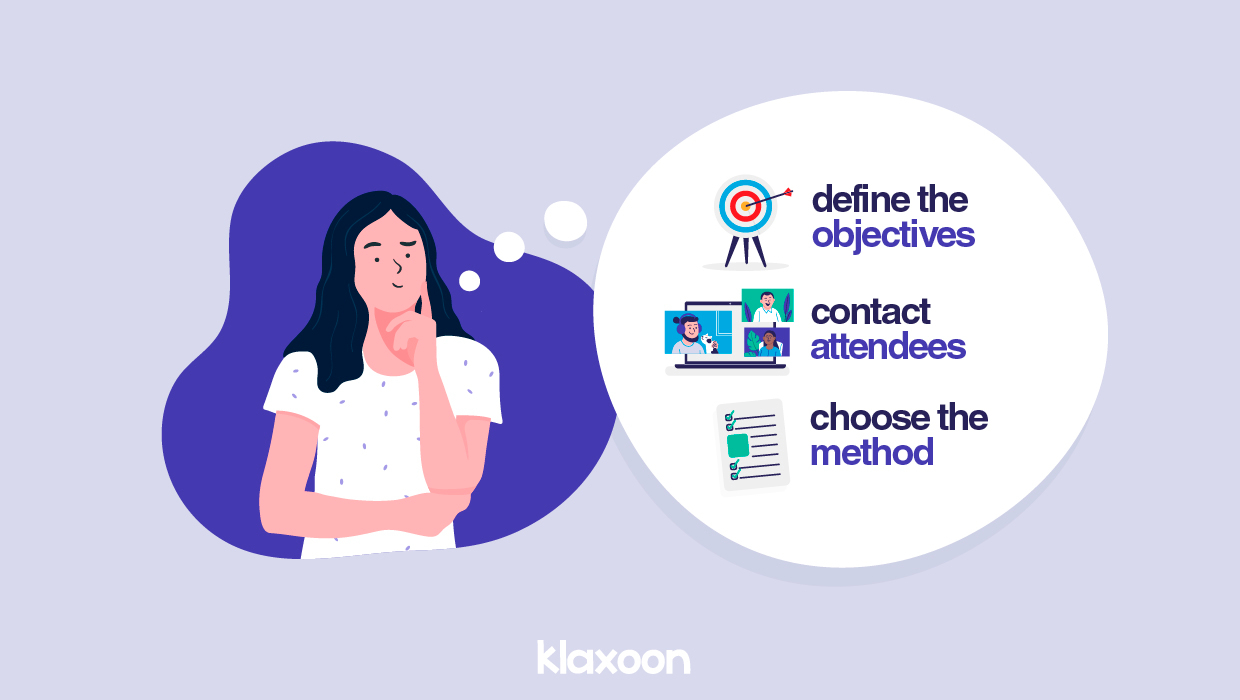

A better preparation leads to better results.
It's time to move from theory to practice. On paper, everything is ready. Your topics are known by all, your participants are here, nothing can go wrong. It's like taking an exam, you've revised, you know your course, now you have to pass. And to get the best out of your participants, playing the role of facilitator is just the thing.
In a nutshell, facilitation is about providing guidance to the group in order to move forward together towards a common goal.
Don't worry, you don't have to be an extrovert or an expert on the subject to be a facilitator: it's all about the rhythm and the dynamics that you bring to your group. You need to question, guide, rephrase, give the floor, and sequence. In other words, go after your participants so that they feel involved and want to participate. Be a guide rather than a hero.
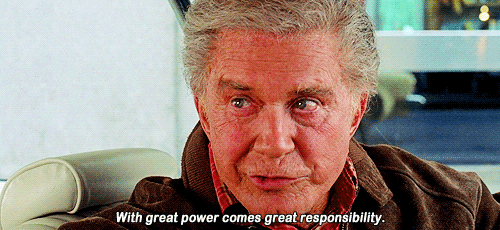

With great power comes great responsibility.
What are your goals and why are they relevant to your audience? Remember, this was the very first step! Remind the present people of these and insist on the useful and exploitable dimension of your objectives. For example, for a synchronization workshop, you can specify that at the end of the workshop, each participant will have enough information about each other's activity to collaborate effectively. You make your workshop more concrete. And you will see that participation will increase.
This is a key step in the workshop process. During his workshops, Jérôme Rajkovic, an agile coach at Inetum, always goes through this phase of framing the objectives. "This allows us to align the participating teams, to present the plan and the roadmap to reach our objectives." This is even more important when Jerome organizes PI Planning ceremonies (one of the steps in the implementation of the agile method known as SAFe), with one of the goals being to obtain maximum participation.
From the beginning of your workshop, create a climate of trust to get the greatest participation! And there is nothing better than an icebreaker to make everyone feel at ease and to put them in the best context to exchange. There are all kinds of icebreakers. Some are for fun, others for getting to know each other better, and even some others allowing to do both at the same time! They can last from 5 to 20 minutes. It's up to you to choose what suits you best, and what will serve you best for the rest of your workshop.
Another advantage is that you can make icebreakers for absolutely any type of workshop. Training, project management, synchronization, team rituals, there is bound to be one that fits your needs.
Pascal Lestideau, training manager at Harmonie Mutuelle, always starts his integration courses for newcomers with an icebreaker. As he explains: "It's interesting that they can put a little bit of themselves out there, that they start to open up to the rest of the group, since for the moment they have never met each other. The objective is also to create a link between them and to create a team, so that they can share and communicate afterwards.” If all goes well, after ten minutes, you should have already engaged your entire group.
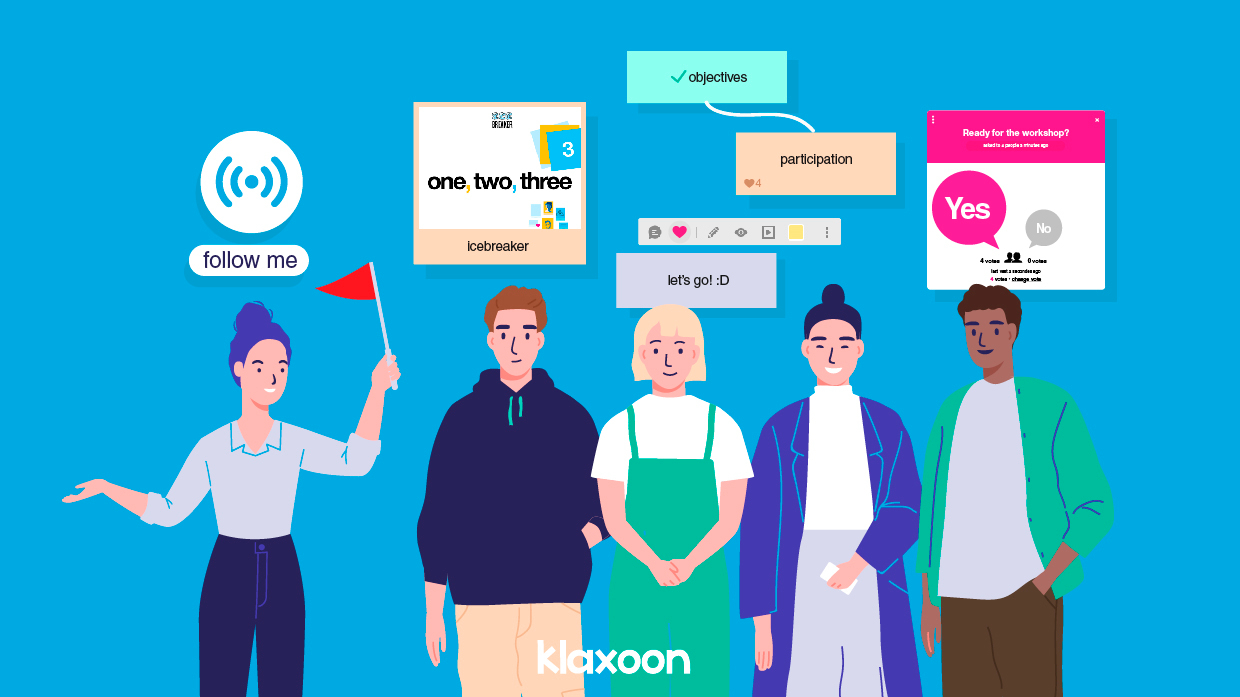

Icebreaker, clear objectives & enthusiasm helps to have better participation rate|Klaxoon
In groups of people, as you may have noticed, some are very comfortable speaking, and some others not that much; some like to work in groups, while others prefer to work on their own side. In short, there is a lot of variety. Make it an asset and multiply the formats, the ways of working and the collaborative methods. It's up to you to choose the rhythm of the workshop!
Use boards, sticky notes or virtual tools like a digital whiteboard, so that those who would rather write than speak can also feel comfortable expressing themselves. The more you open the field to include as many people as possible, the more participation you will have, because you will be able to reach each individual.
A small additional tip, especially useful if your workshop is organized in a hybrid fashion. Ask everyone to turn on their computer camera, including those in the room. This puts everyone on an equal footing and allows you to pick up on non-verbal communication cues: a raised eyebrow, a nod of approval or disapproval,... Take the opportunity to ask questions and engage in a conversation.
Now that you have the keys to guiding your group, you are ready to make the most of them.
The power of the question. Remember that? Good teams become great by asking questions. This observation is shared by Hal Gregersen, executive director of the MIT Leadership Center. For more than 30 years, he has studied the reasons why great decision-makers outperform: it is because of their exceptional ability to ask questions. Effective communication begins with questions.
Marilee Adams is an assistant professor at American University's School of Public Affairs, and has devoted her career to the thorny subject of questions in business. Her work shows that effective communication is 80% questions and 20% statements.
So, ask questions! It's up to you to create the moments where ideas, intuitions, opinions should feed your workshop. So don't hesitate and challenge your audience.
And there, the possibilities are almost infinite. In your workshops you can write, vote, brainstorm, draw, create stuff. The more you encourage your talents to become actors of your workshop, the more you will be able to generate employee engagement and obtain excellent results. Proof with Julia Cantel.
Julia runs an association in the UK to help French expatriate families. To animate her association and develop it, she regularly organizes workshops. And she plays the card of stimulation and variety of activities for her members.
During my workshops with the Session tool, I add many different activities. I use the Word Cloud tool to find out the mood of the day, I ask live questions to get feedback from the participants. With Board, I organize brainstorming sessions to generate new ideas.
As a facilitator and a force of proposal, Julia gets the best out of the members of her association. Today, her workshops generate almost 100% participation, and the membership in her association has skyrocketed. In only six months, her association has grown from 10 to 45 members. A real success.
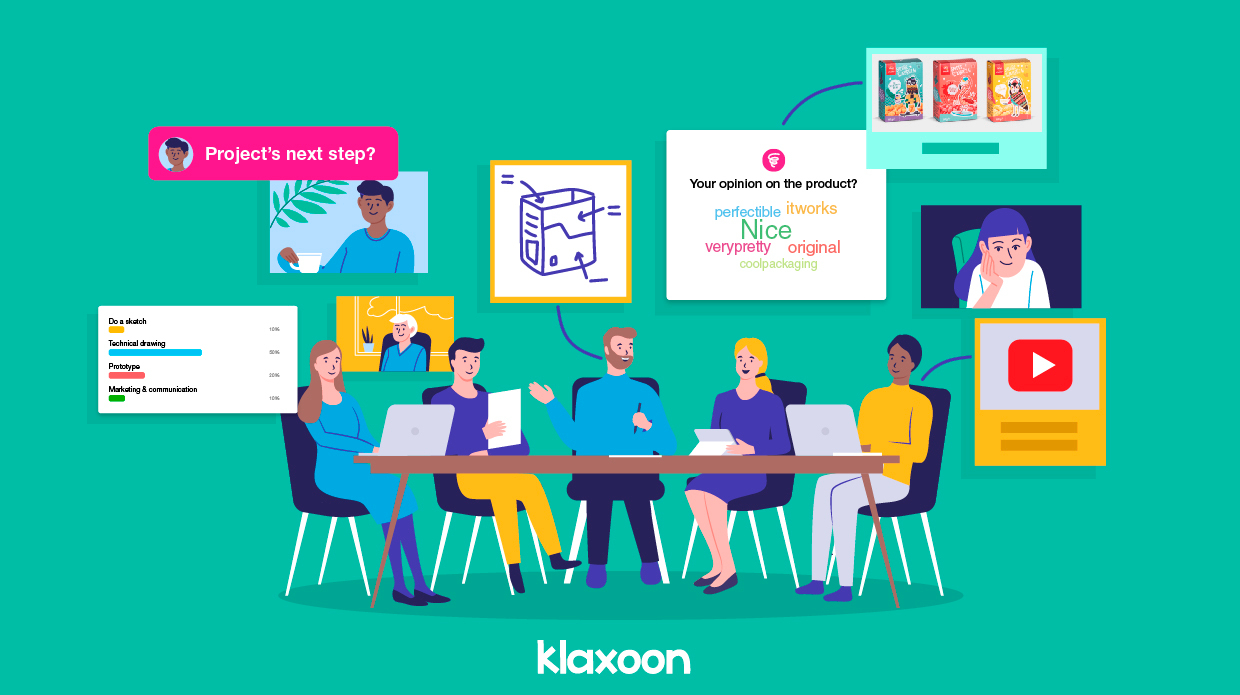

Use questions, survey, and ask your group to generate participation.
You now have all the cards in hand to generate maximum employee engagement thanks to these methods, in all your groups and for all your workshops.
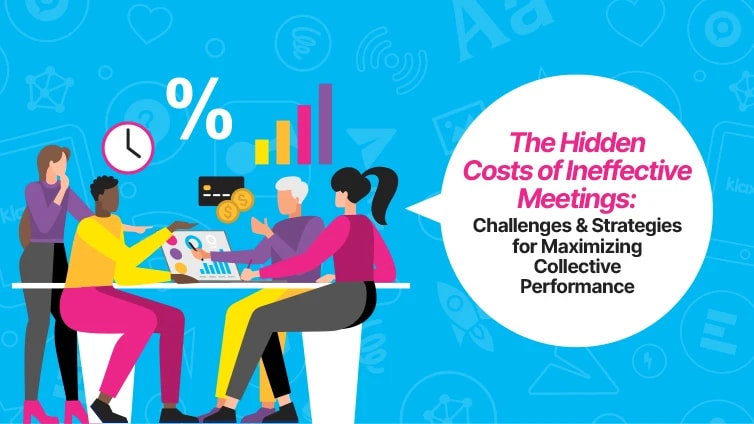

Unlock your teamwork potential